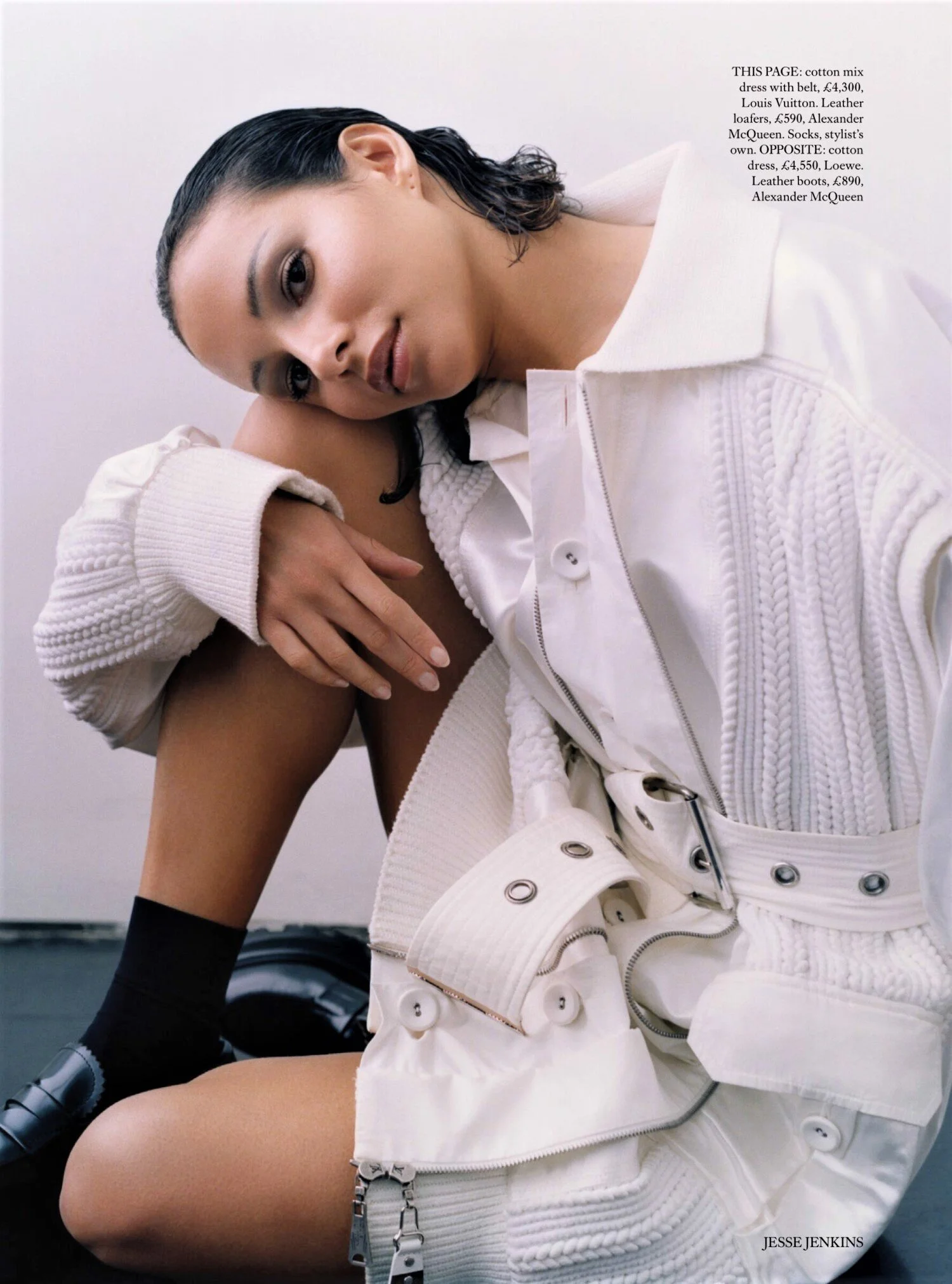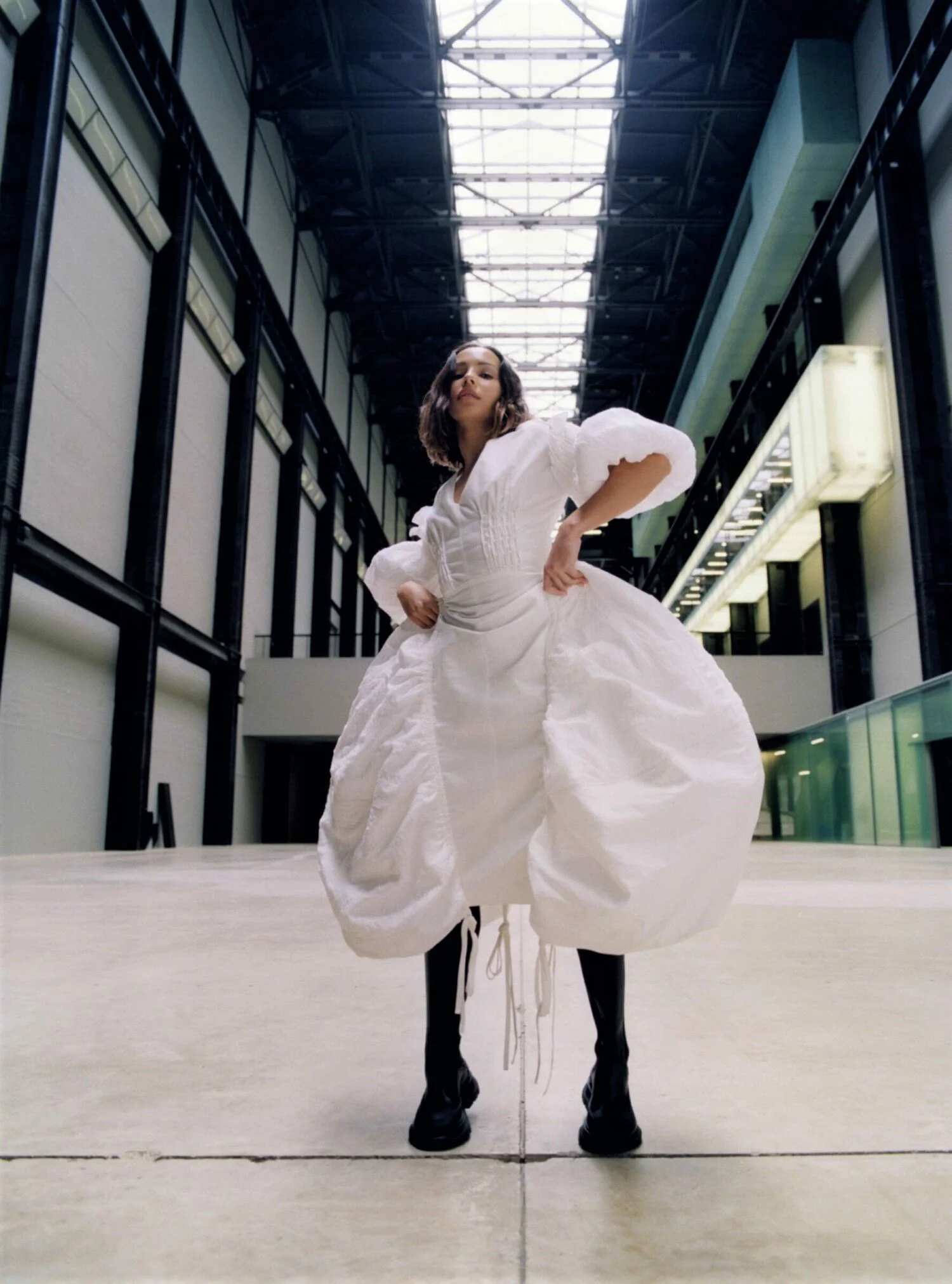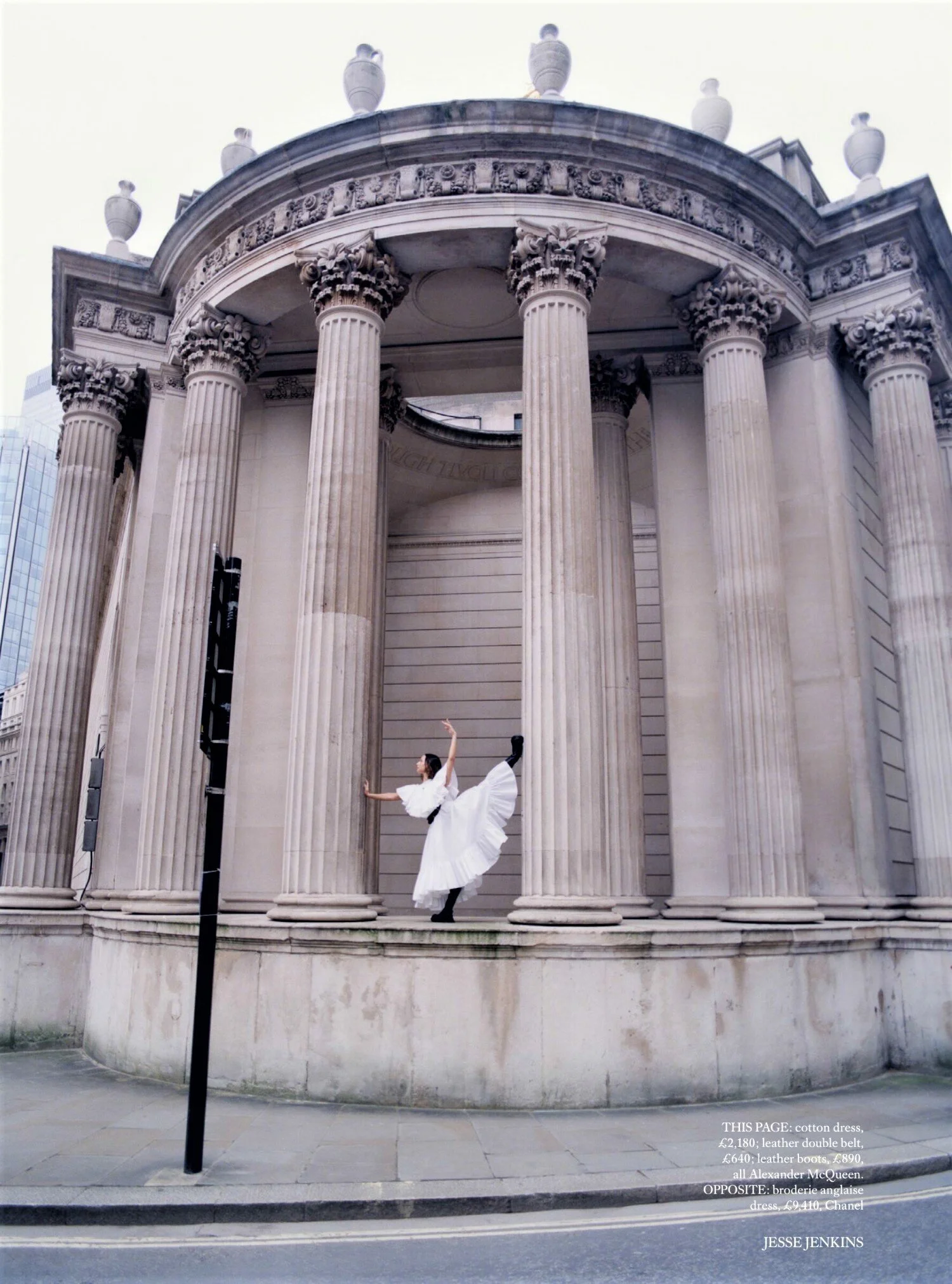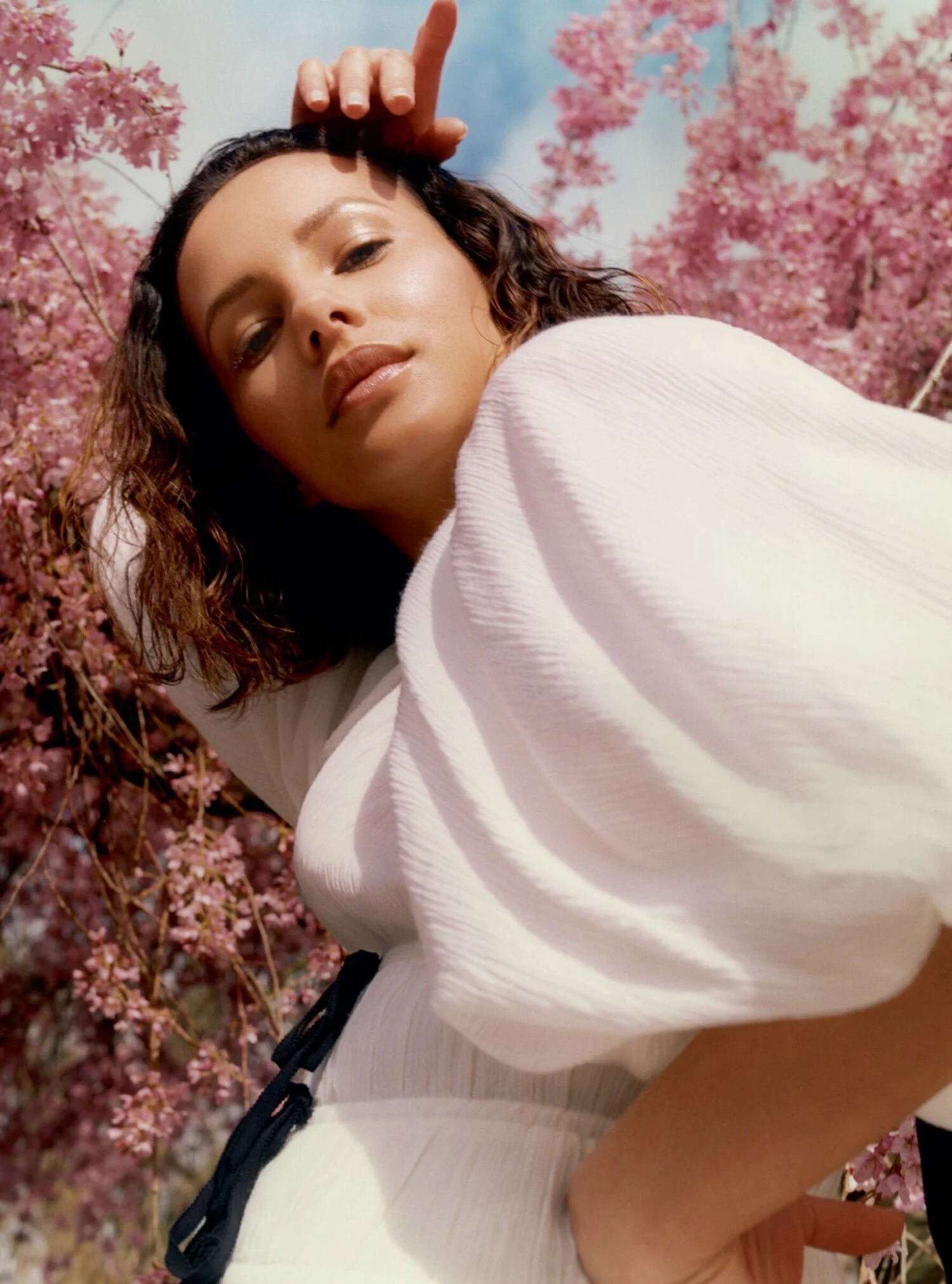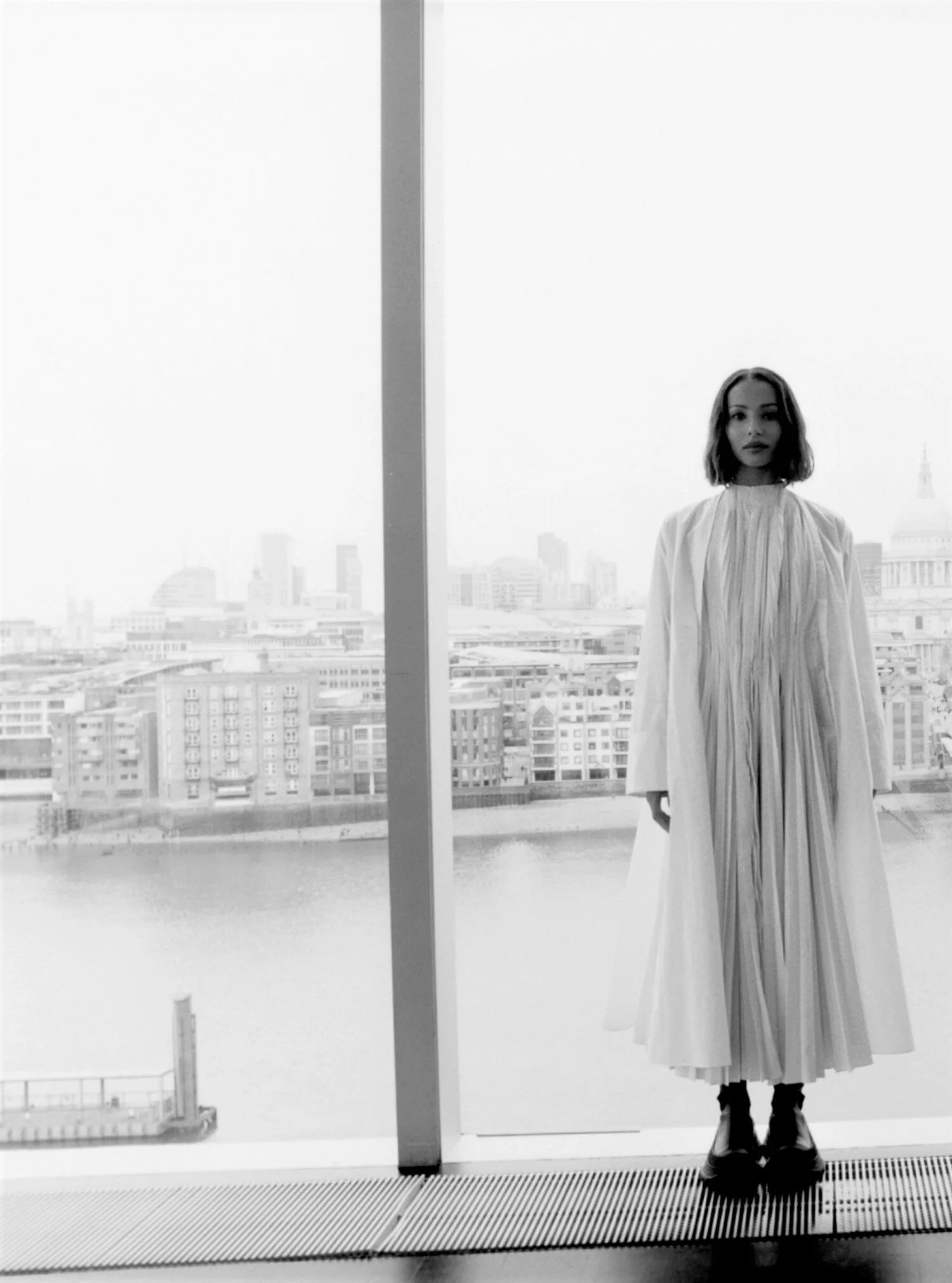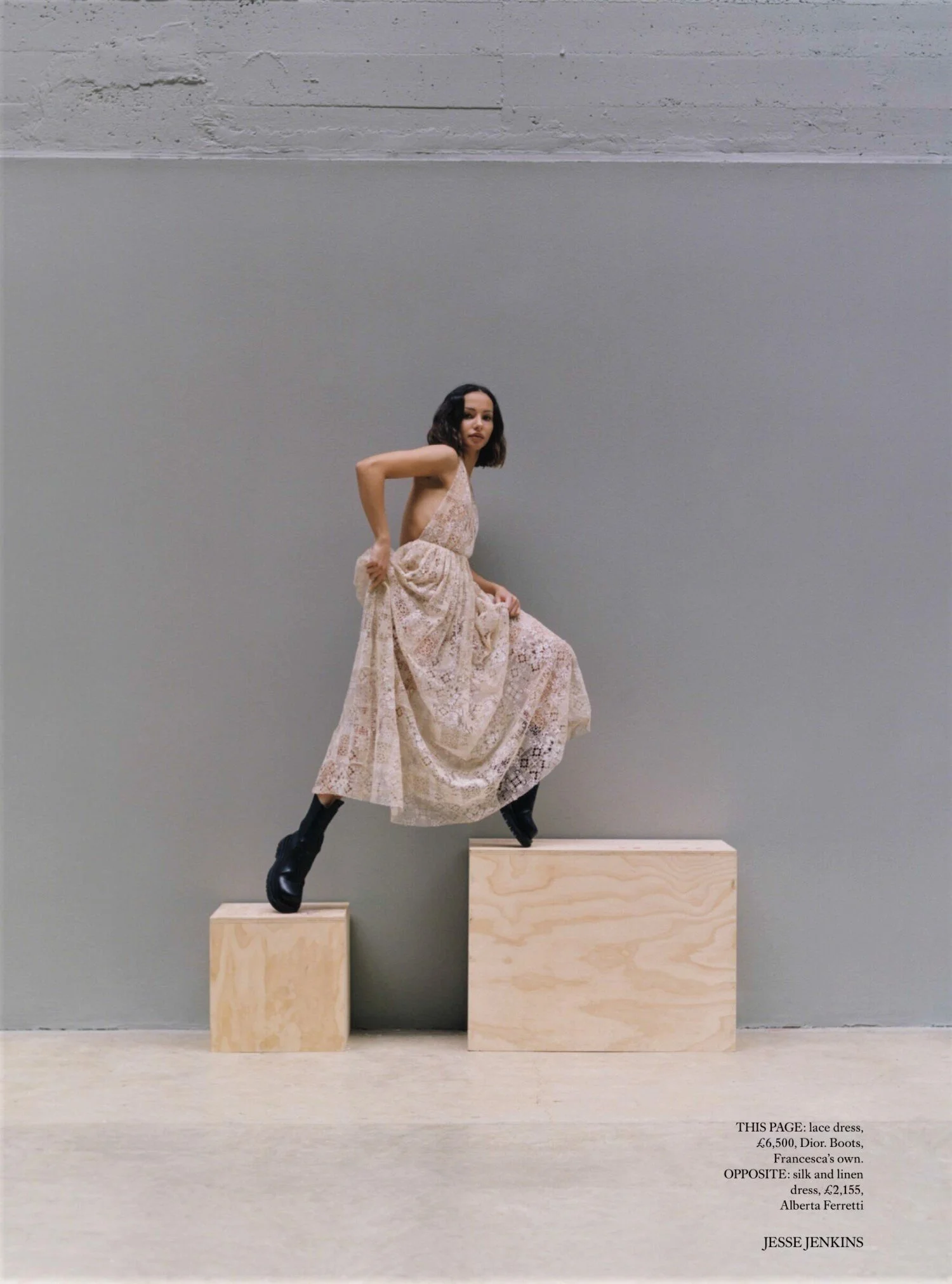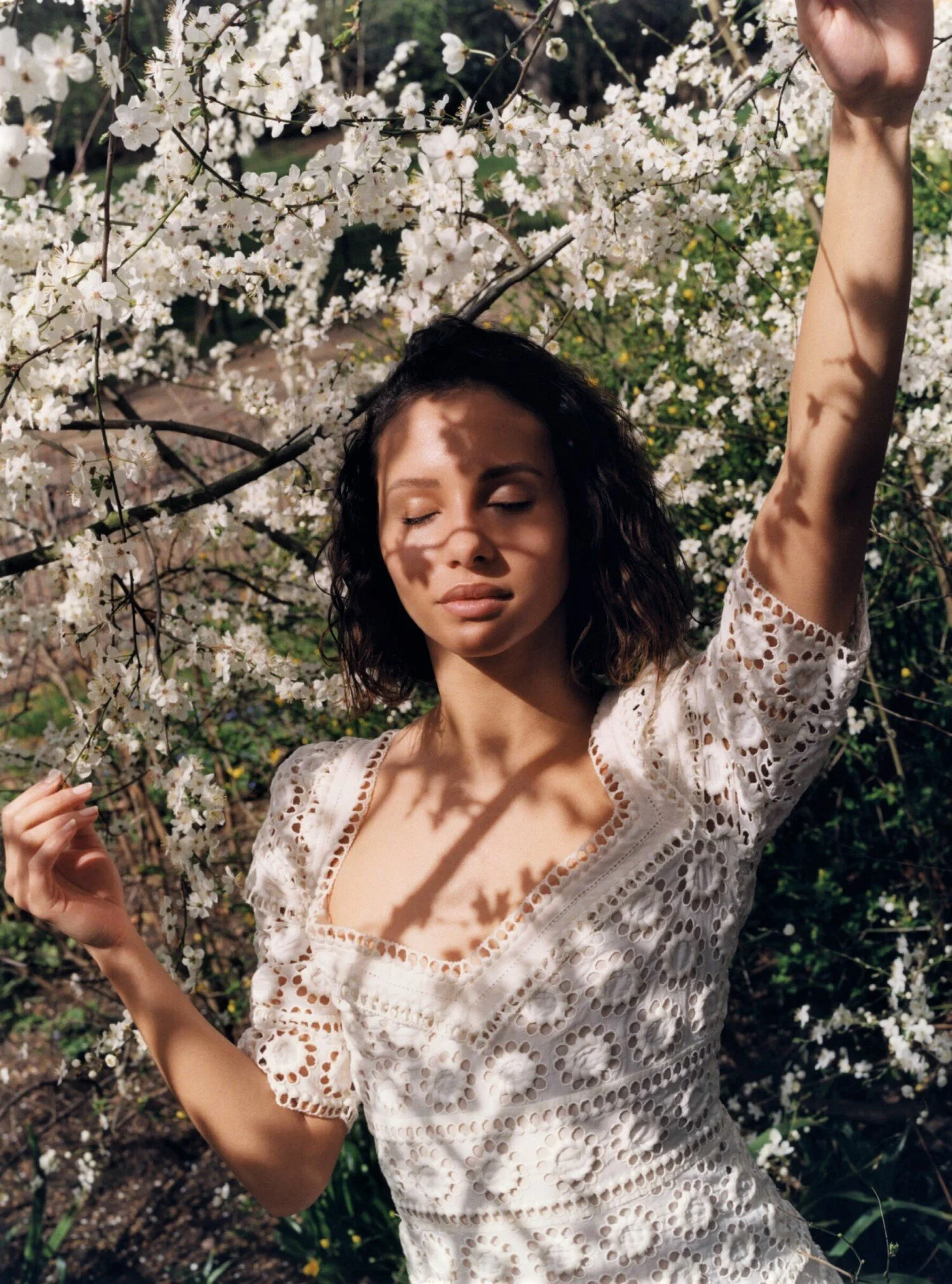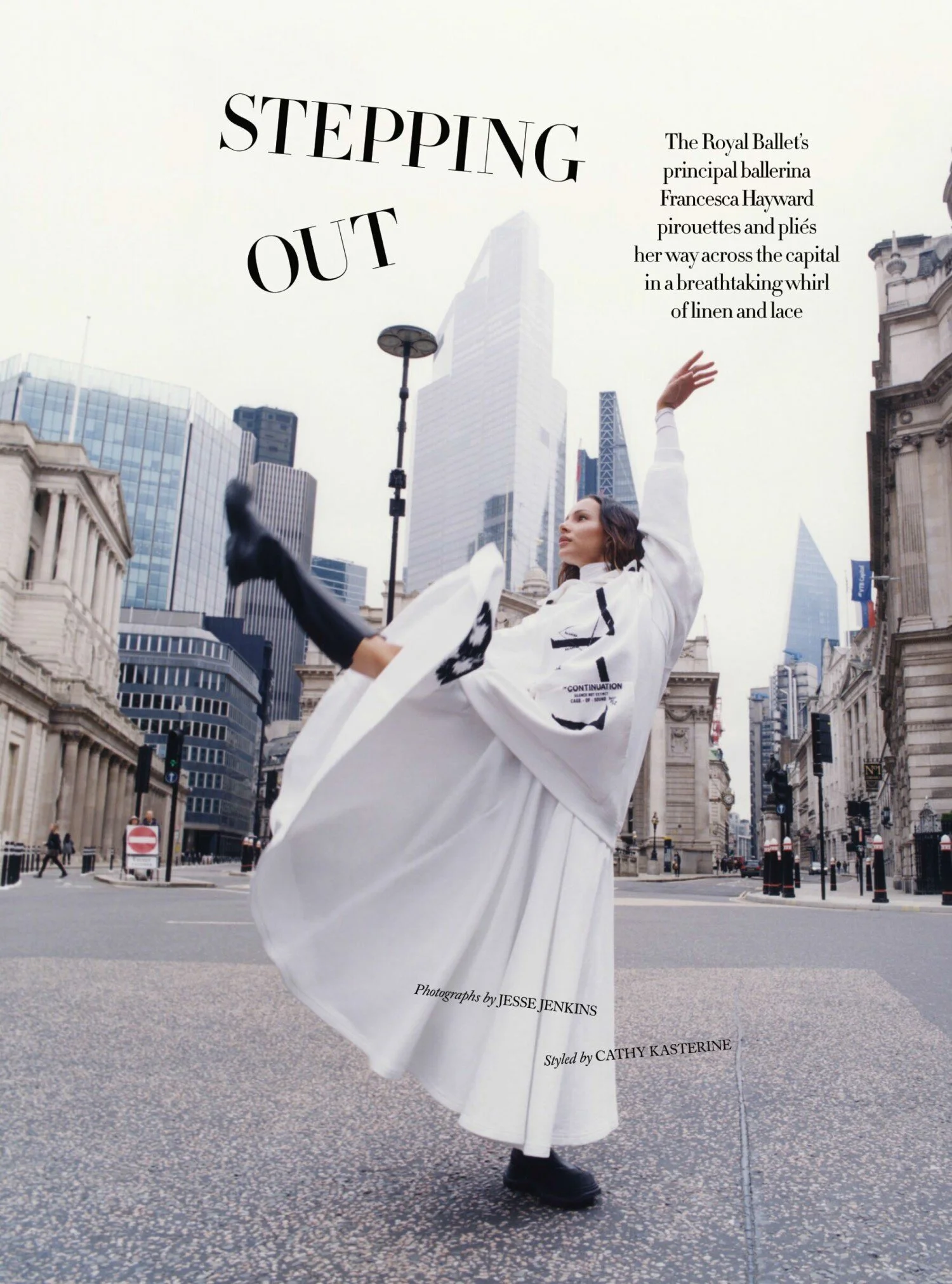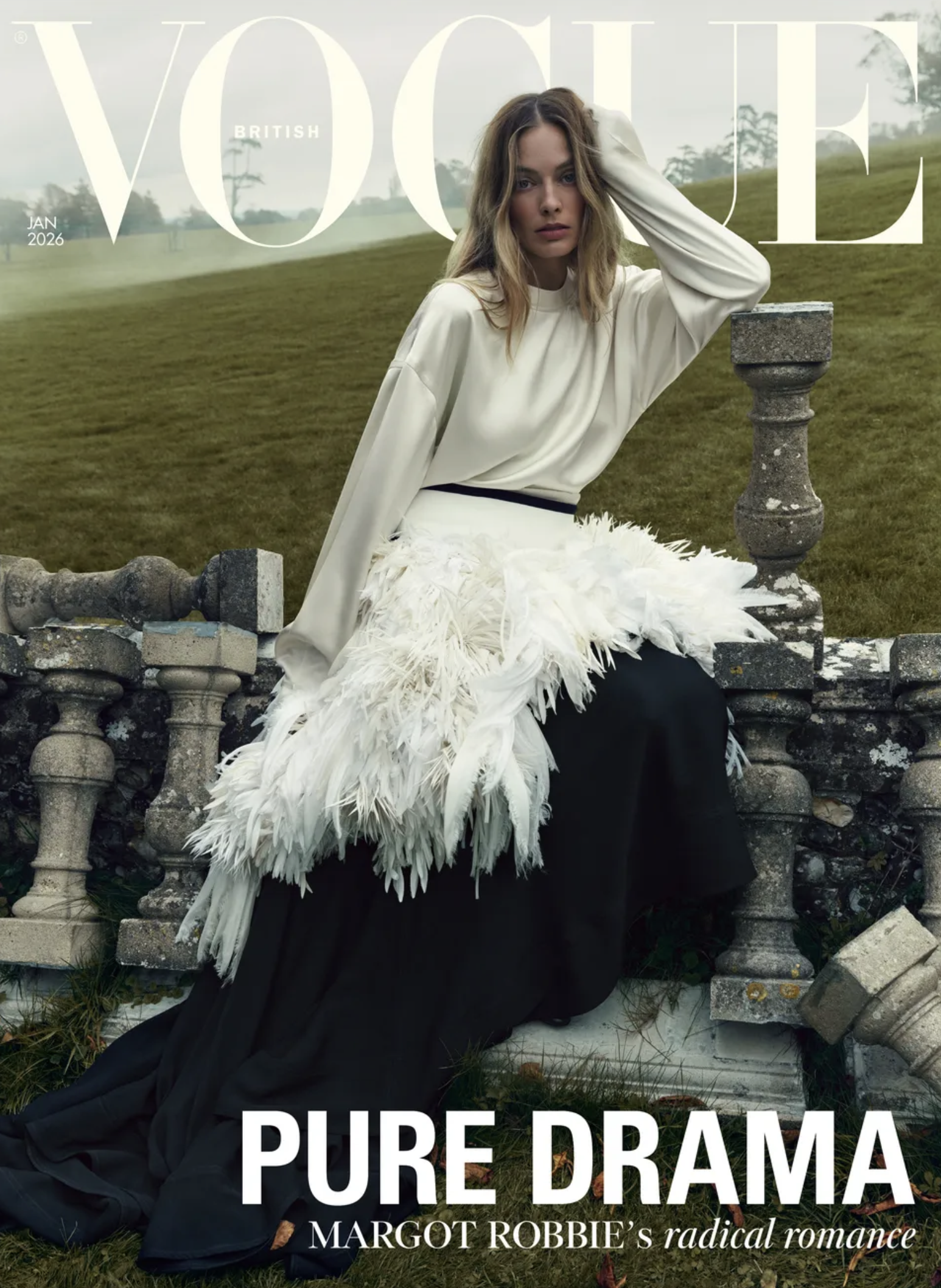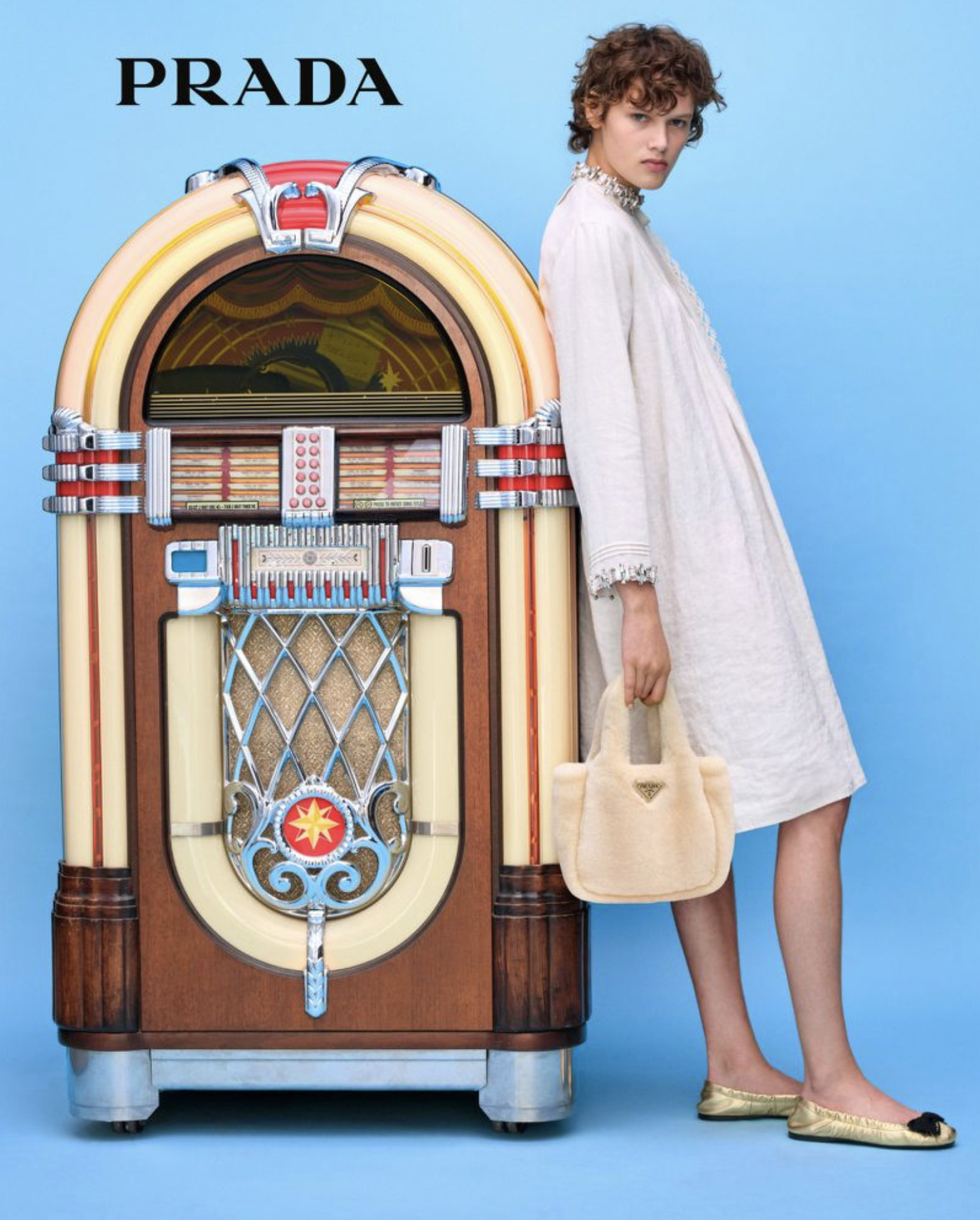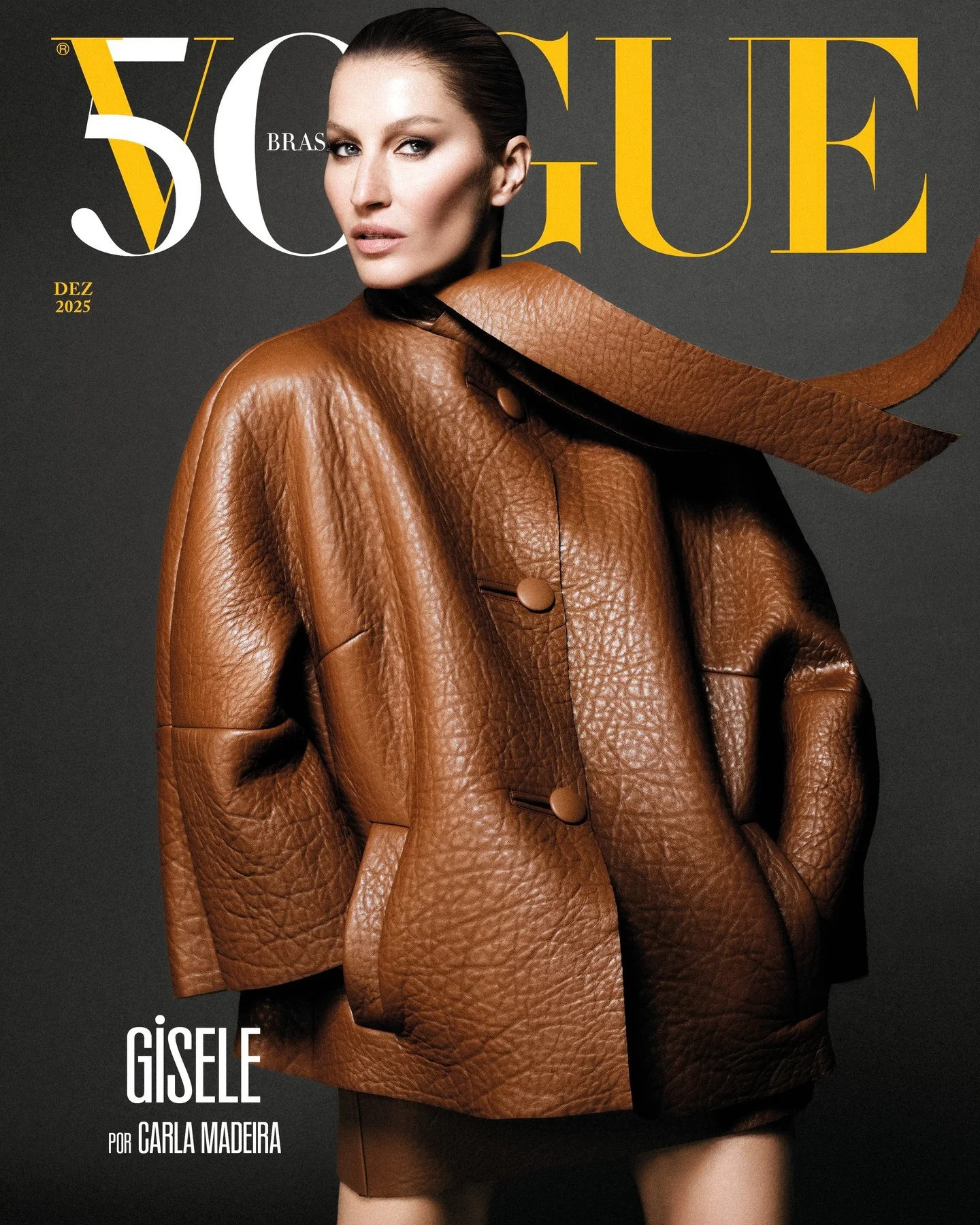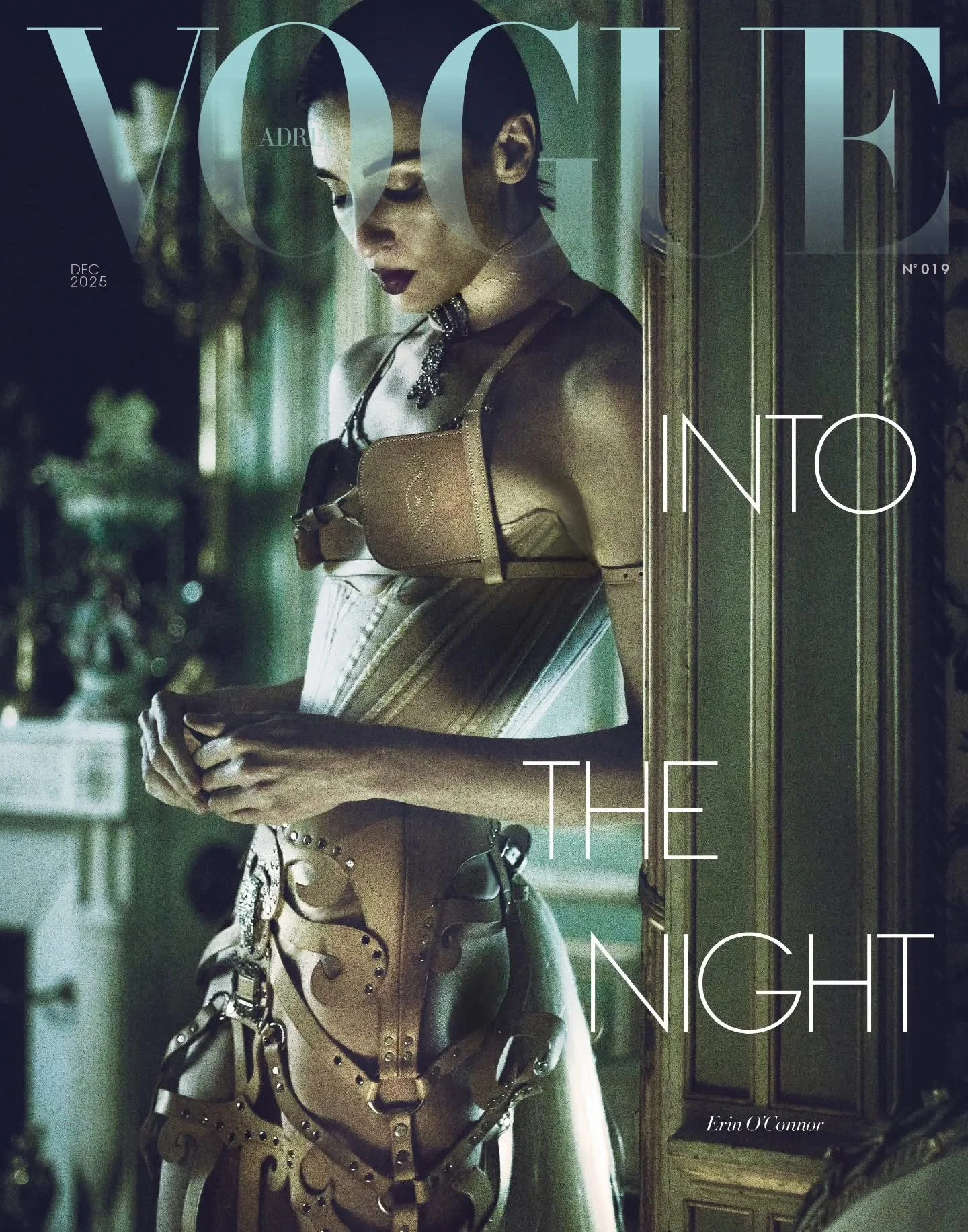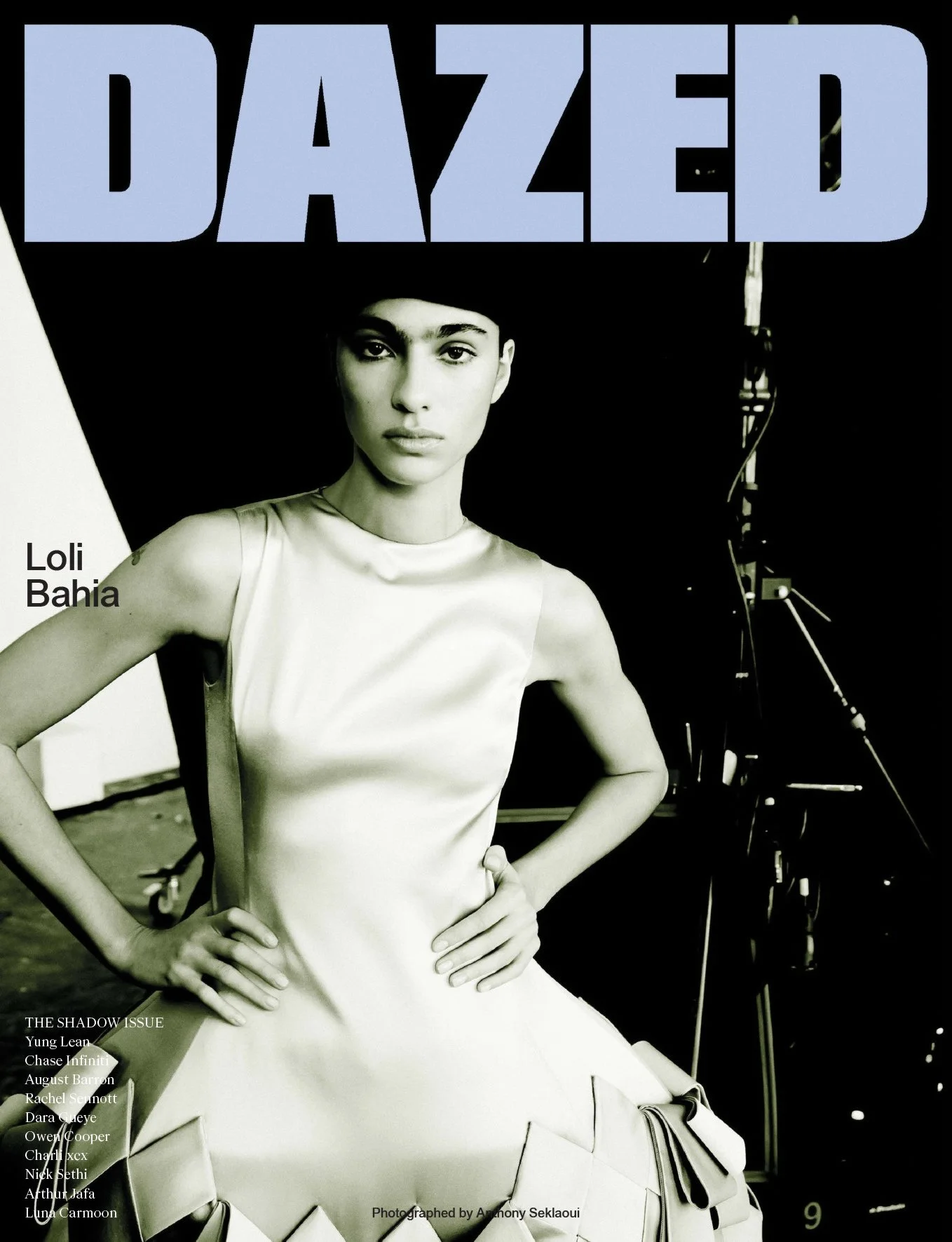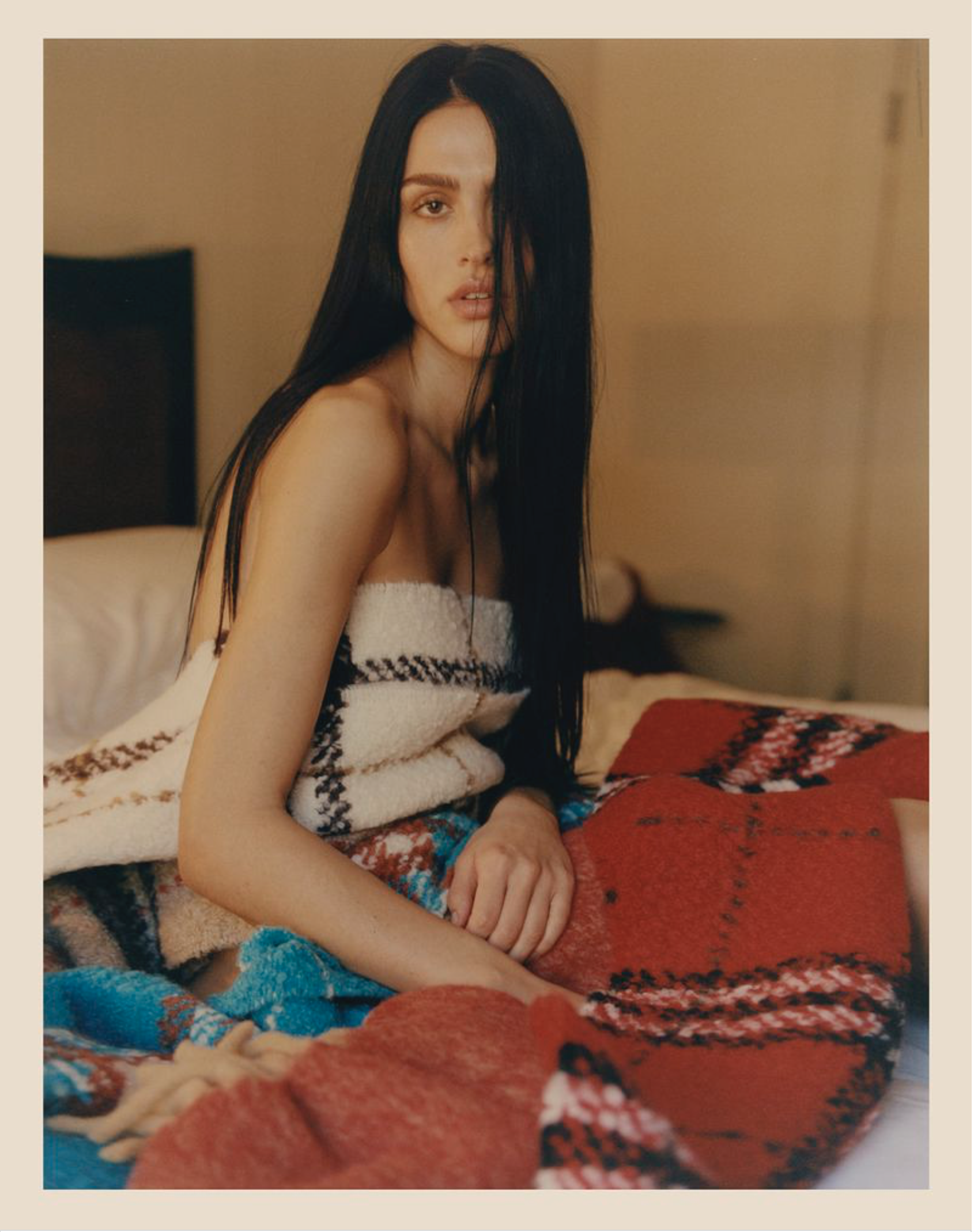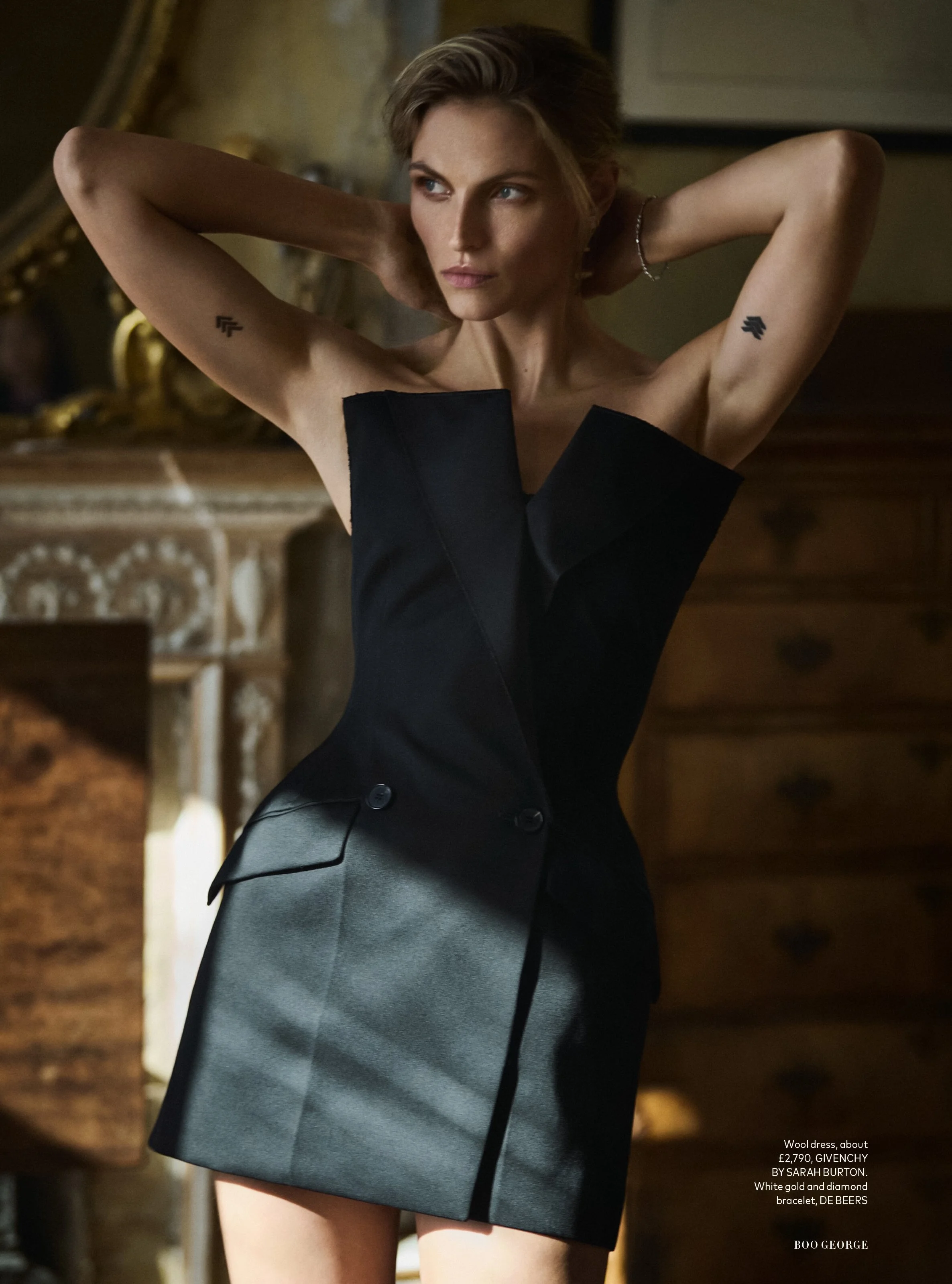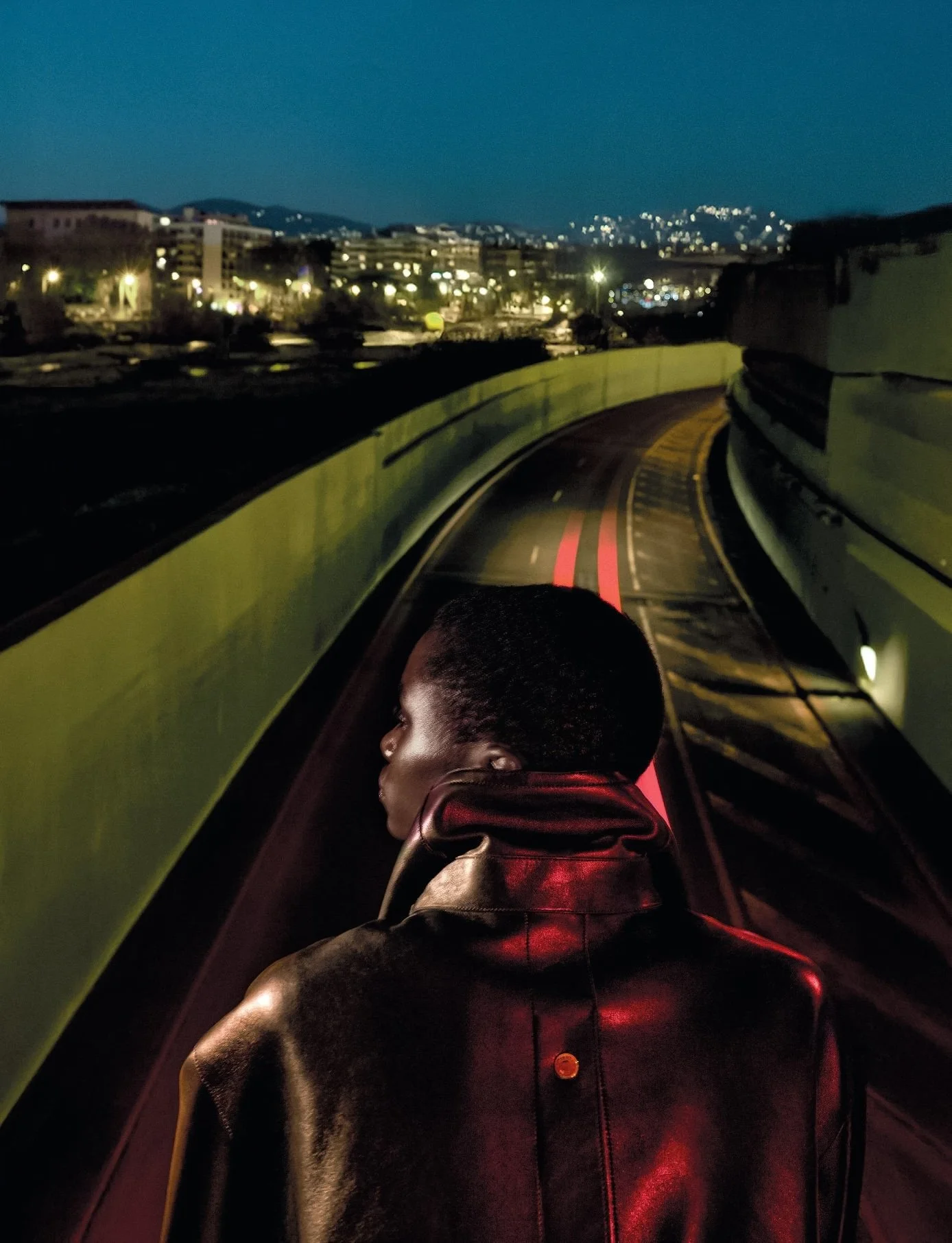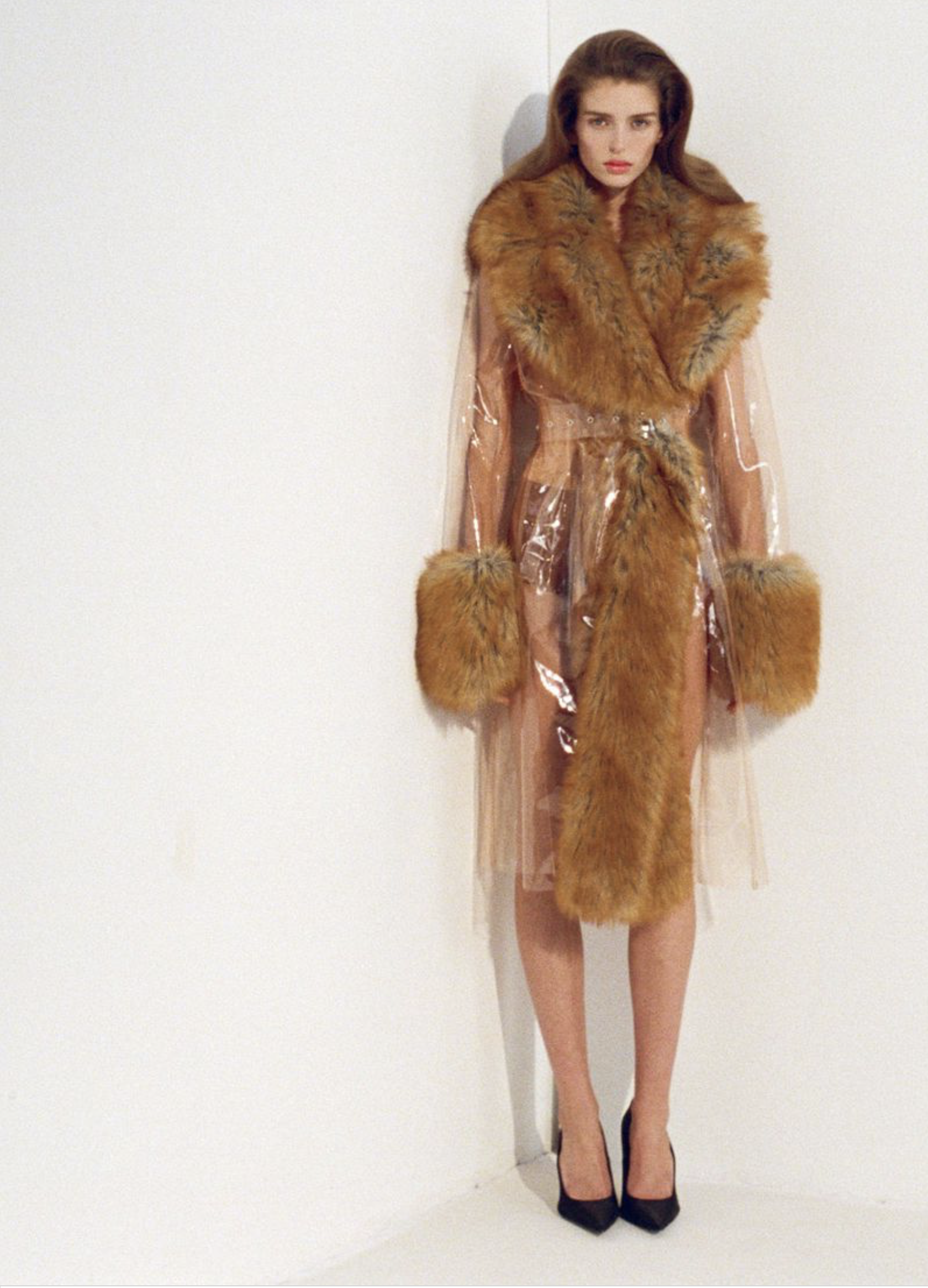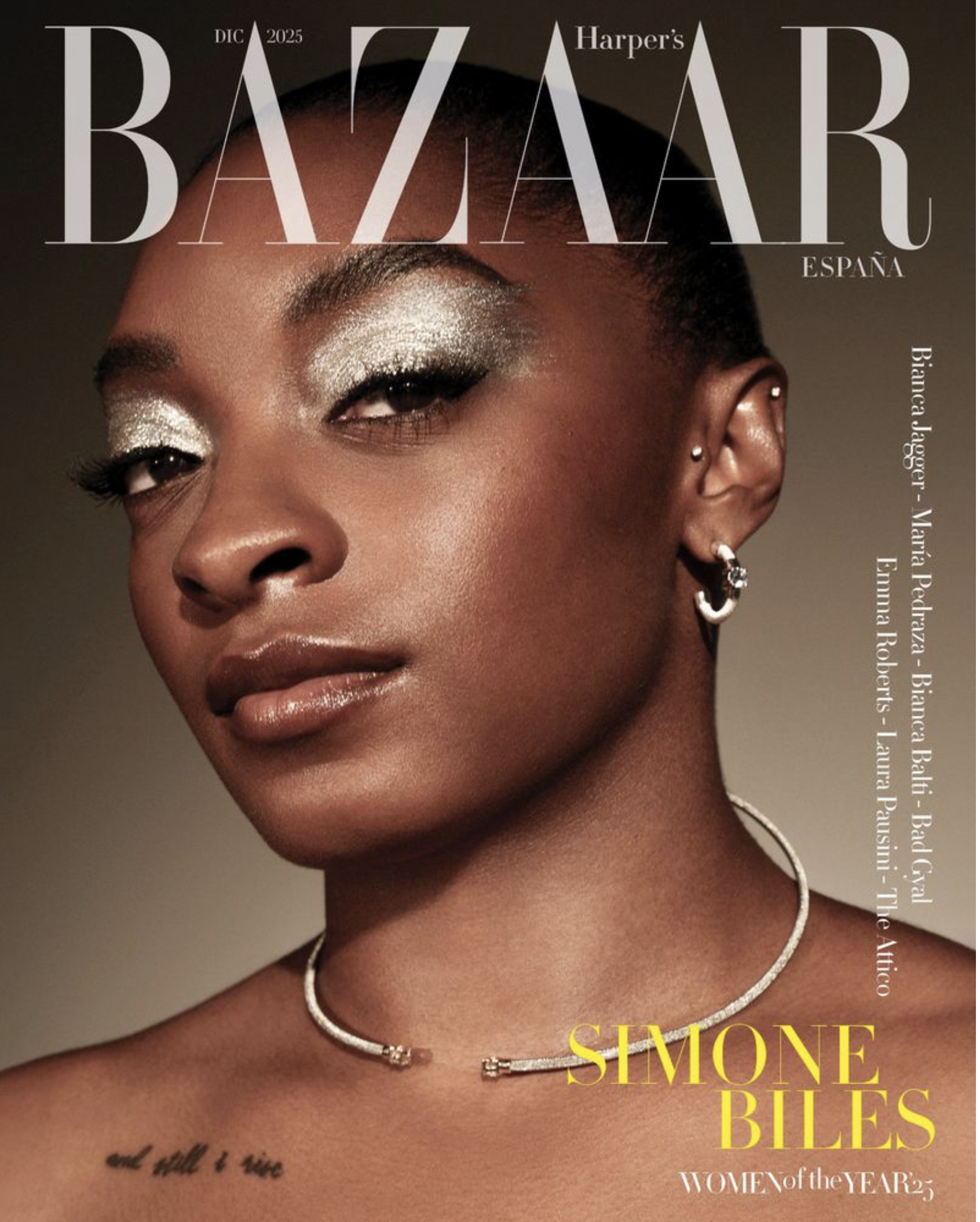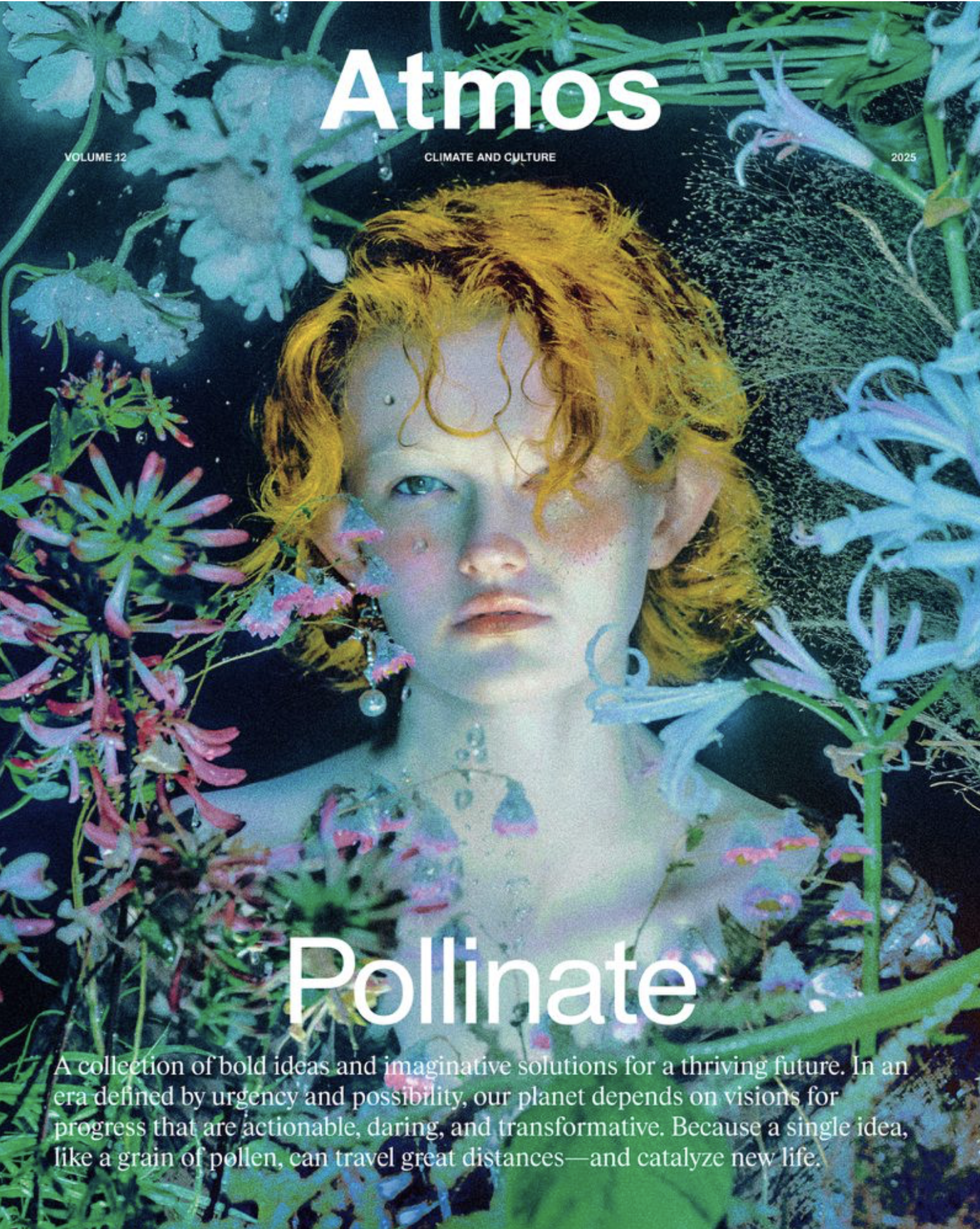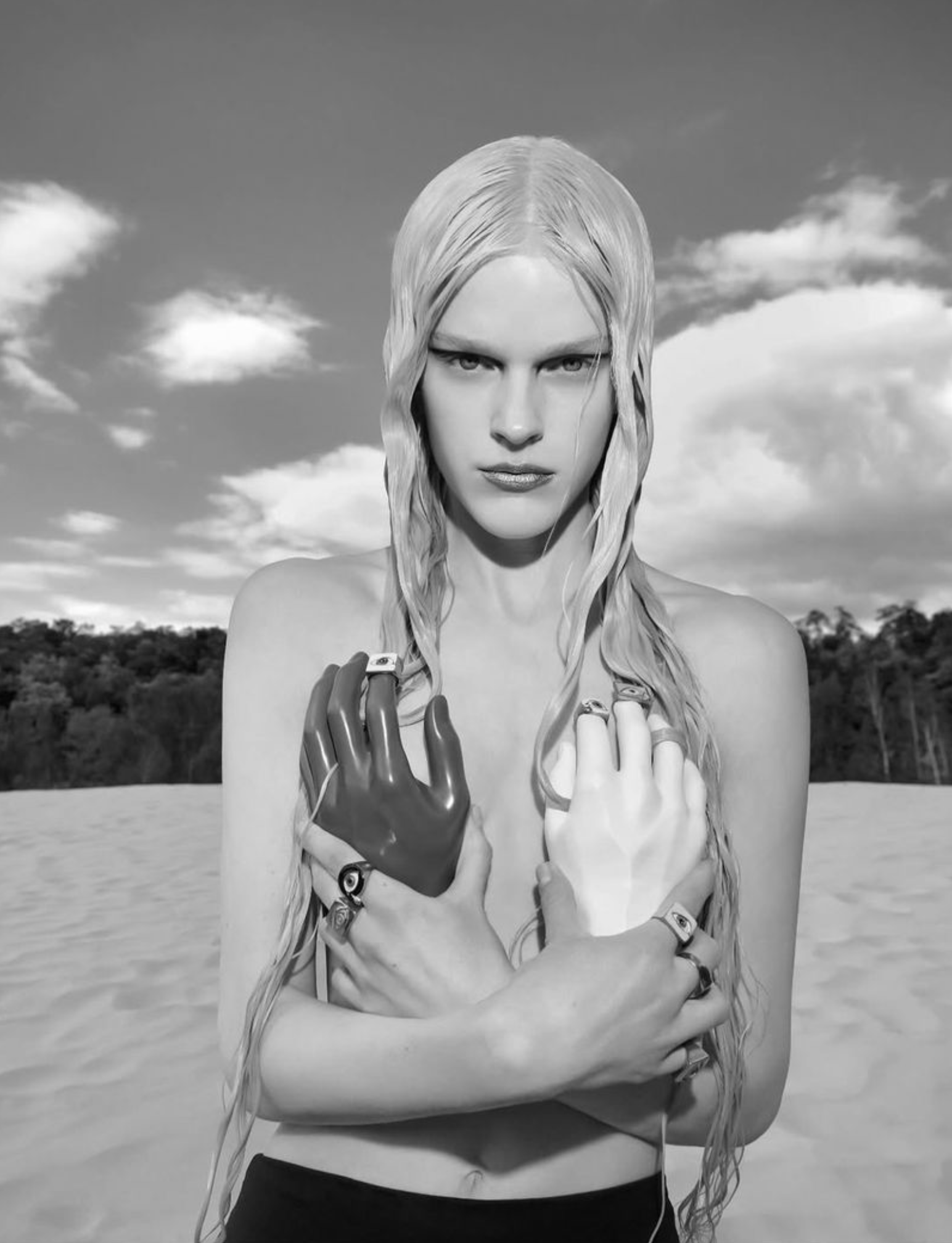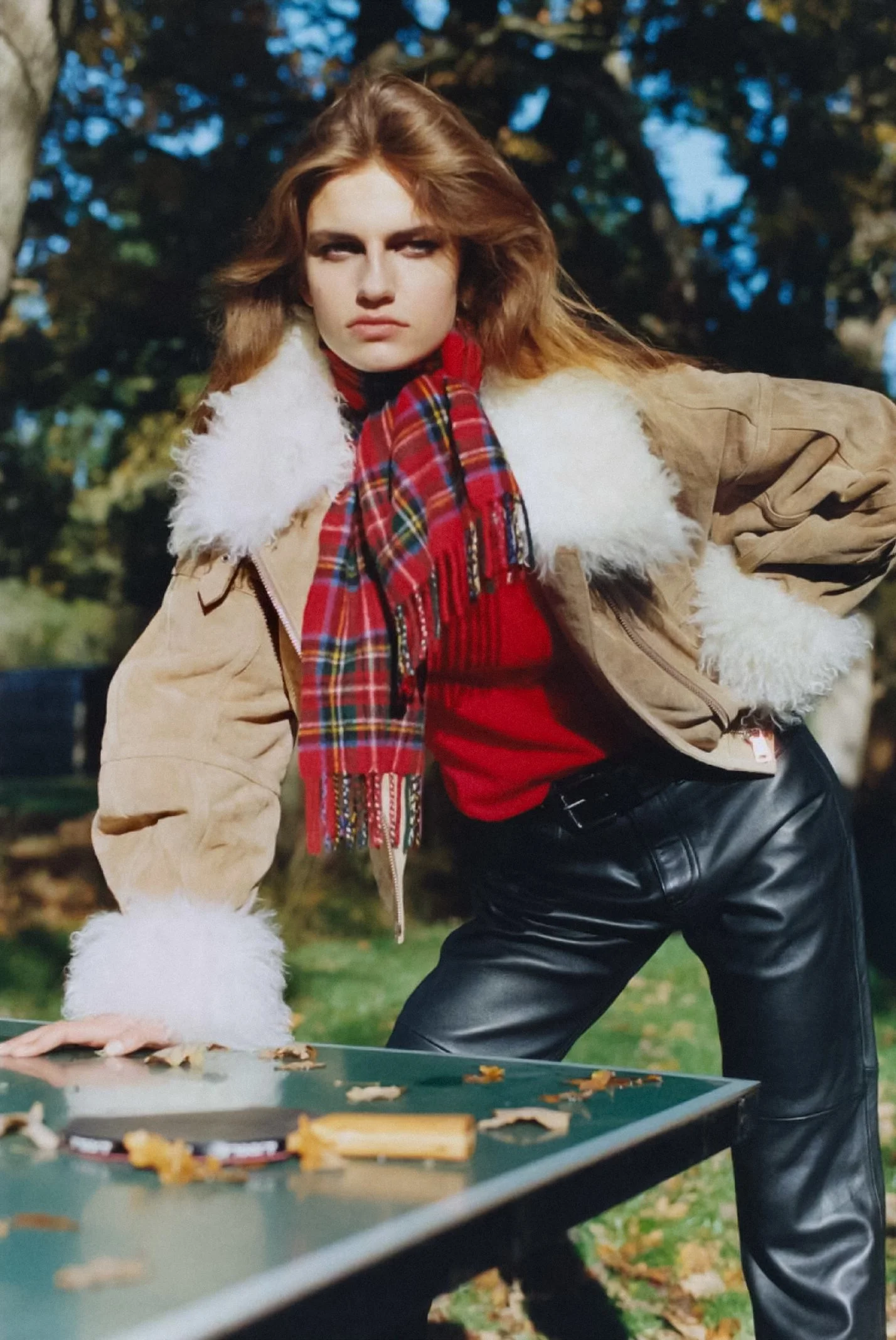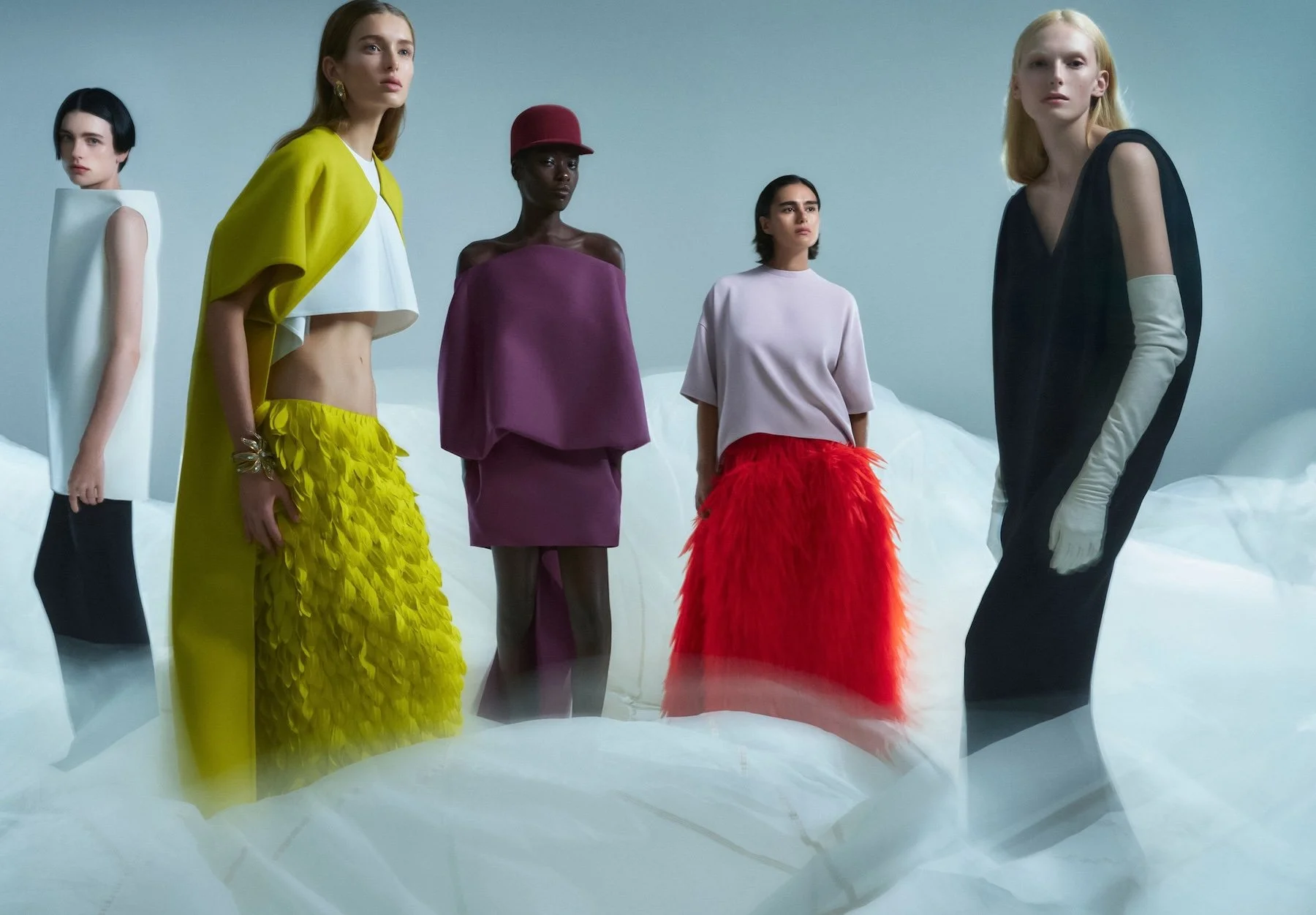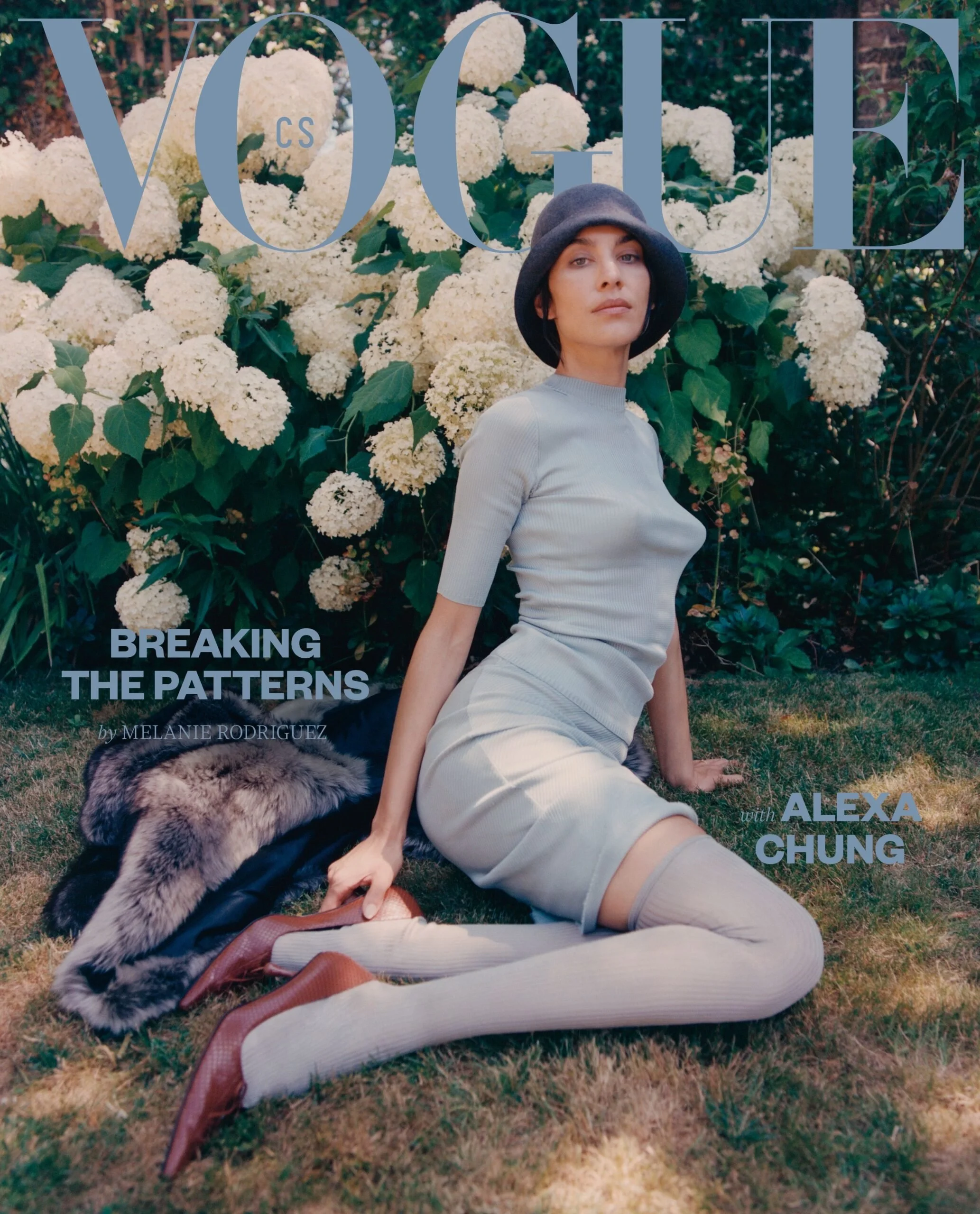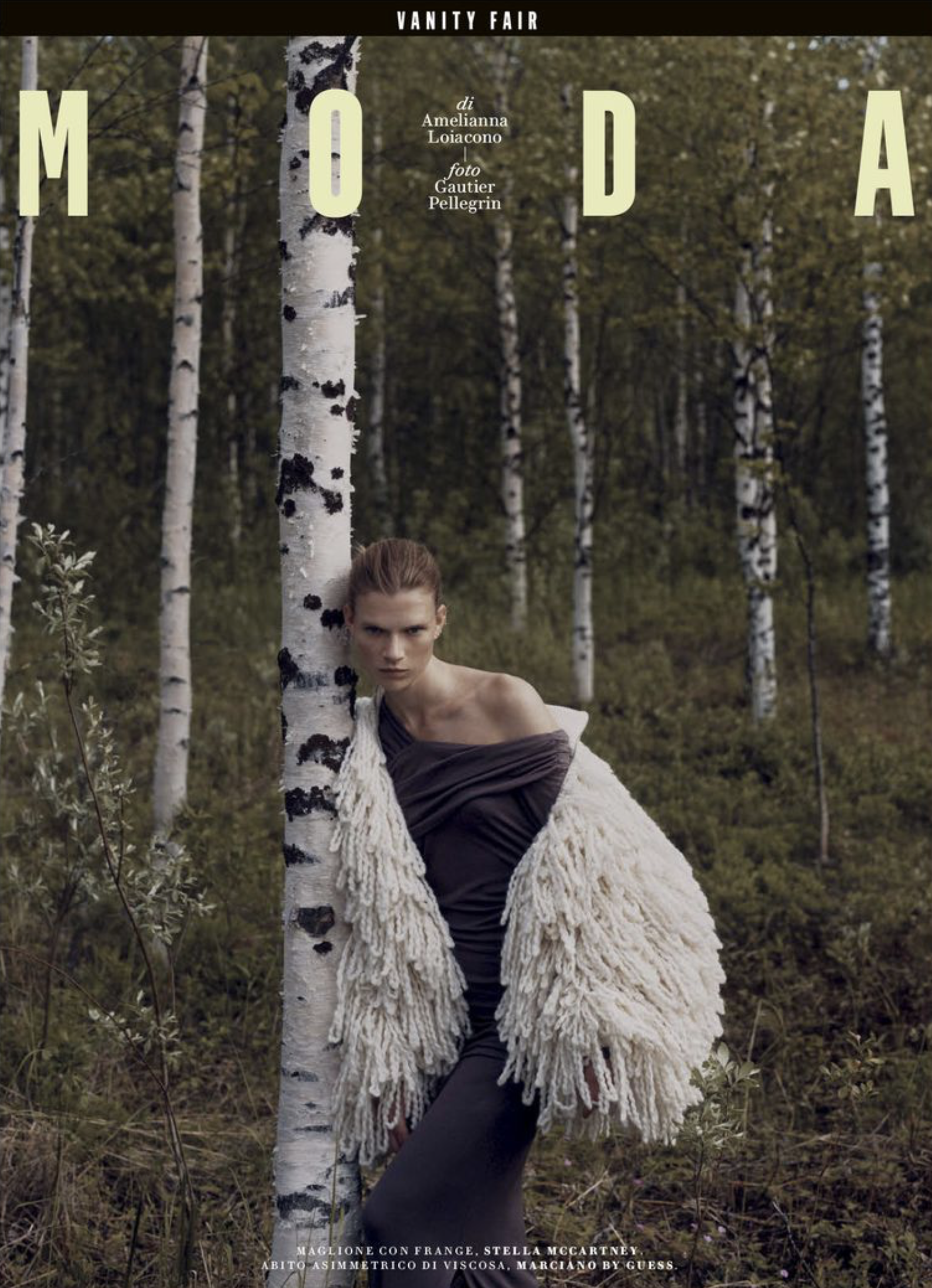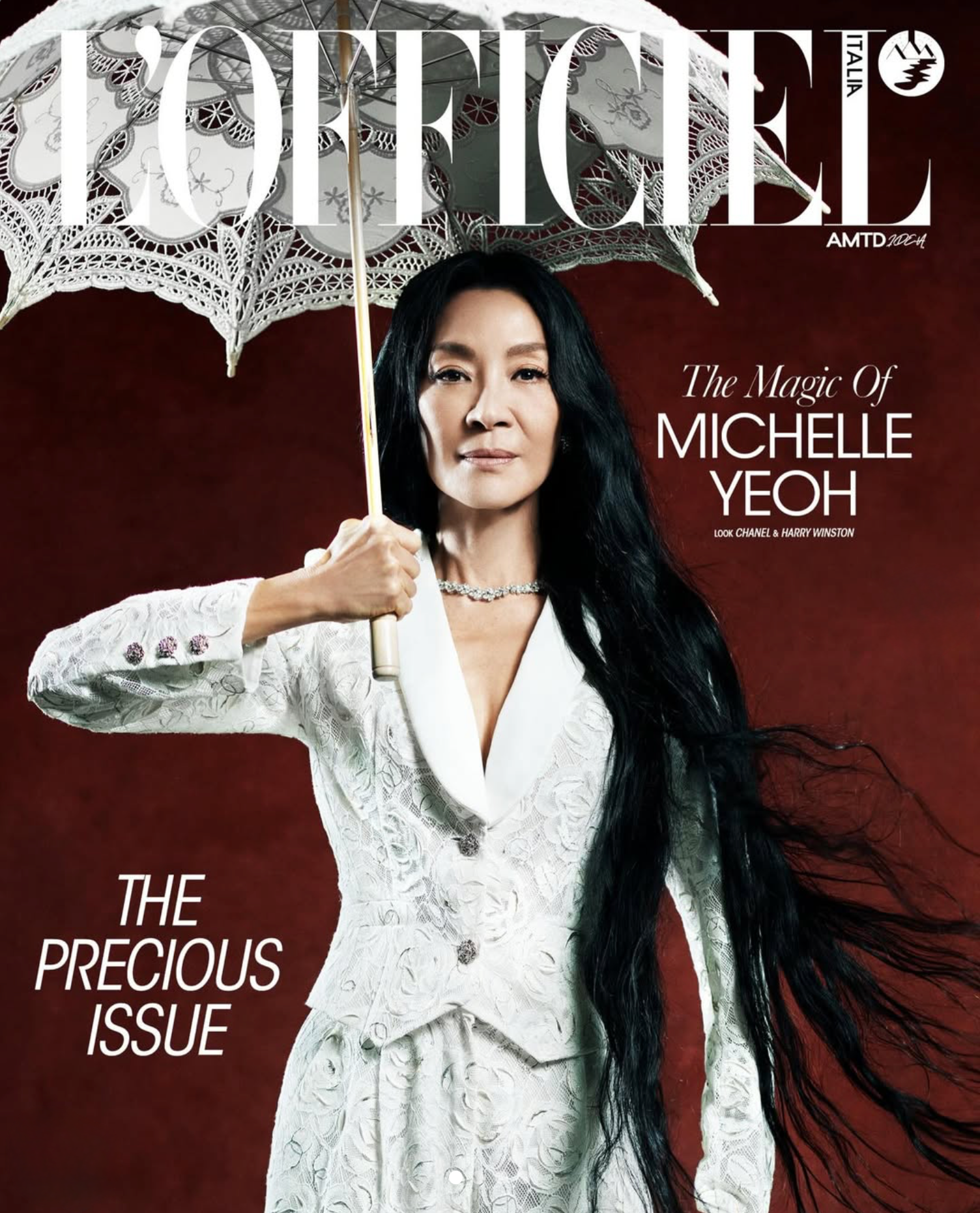Royal Ballet's Francesca Hayward Covers Harper's Bazaar UK June 2021 by Jesse Jenkins
/Kenyan-born, England-raised ballet dancer Francesca Hayward covers the June 2021 issue of Harper’s Bazaar UK. Hayward is a principal dancer in the Royal Ballet at Covent Garden in London. In 2019, she starred as Victoria the White Cat in the musical film adaptation of the legendary stage musical ‘Cats’. Hayward developed an unrelenting interest in ballet at age three, after watching ‘The Nutcracker’.
Hayward was one of 15 women selected to appear on the cover of British Vogue’s September 2019 issue, guest edited by Meghan, Duchess of Sussex.
Cathy Kasterine styles Hayward in white fluidity, lensed by Jesse Jenkins [IG] in ‘Dancing for Joy’ with Chiffon in the City & Silk by the Sea’. / Hair by Hiroshi Matsushita; makeup by Celia Burton
"I know what I am capable of achieving, and as long as I know that that was the best that I could do in that very moment, then I won't have any regrets walking away from it," Francesca Hayward tells Harper’s UK in the latest instalment of their Master the Art franchise.
Known as Frankie to her friends, Hayward emphasizes the importance of self-disciline and setting rigorous standards for oneself — but always within the realm of realism.
"Perfectionism is concentrating on an ideal that doesn't exist," she explains. "I will never have a perfect show. It's more the feeling that I get from it - that I can walk away from the stage and know that I handled the situation really well. That I let the best of me come out."
The dancer also shared her thoughts in a separate Harper’s UK May 2021 interview with Kim Parker.
The Royal Ballet principal dancer does not discuss racism in the current interview. She has always maintained the position that as the born in Nairobi daughter of a Kenyan mother and British father, she has not observed overt racism in the world of ballet. At least not British ballet. Simultaneously, Hayward says outside the world of ballet, she experiences racism frequently — and often covertly.
Interviewed in June 2020 after the graphic murder of George Floyd, Hayward asserted the belief that the problem for people of color lies not in discrimination within audition rooms or studios, but in the opportunity to get inside those very spaces to begin with.
“What we need to change is diversity and representation,” says Hayward. “I don’t think dancers of colour are turning up for auditions and being rejected or that they’re in a ballet company and not being used. The issue is that there aren’t even people of colour getting the chance to do the training to get to that stage. I would like to bring ballet to new cultures that wouldn’t think to take their children to a ballet class. It’s not that the doors aren’t open for dancers of colour, it’s that we need to help young dancers of colour to find that door full stop.”


